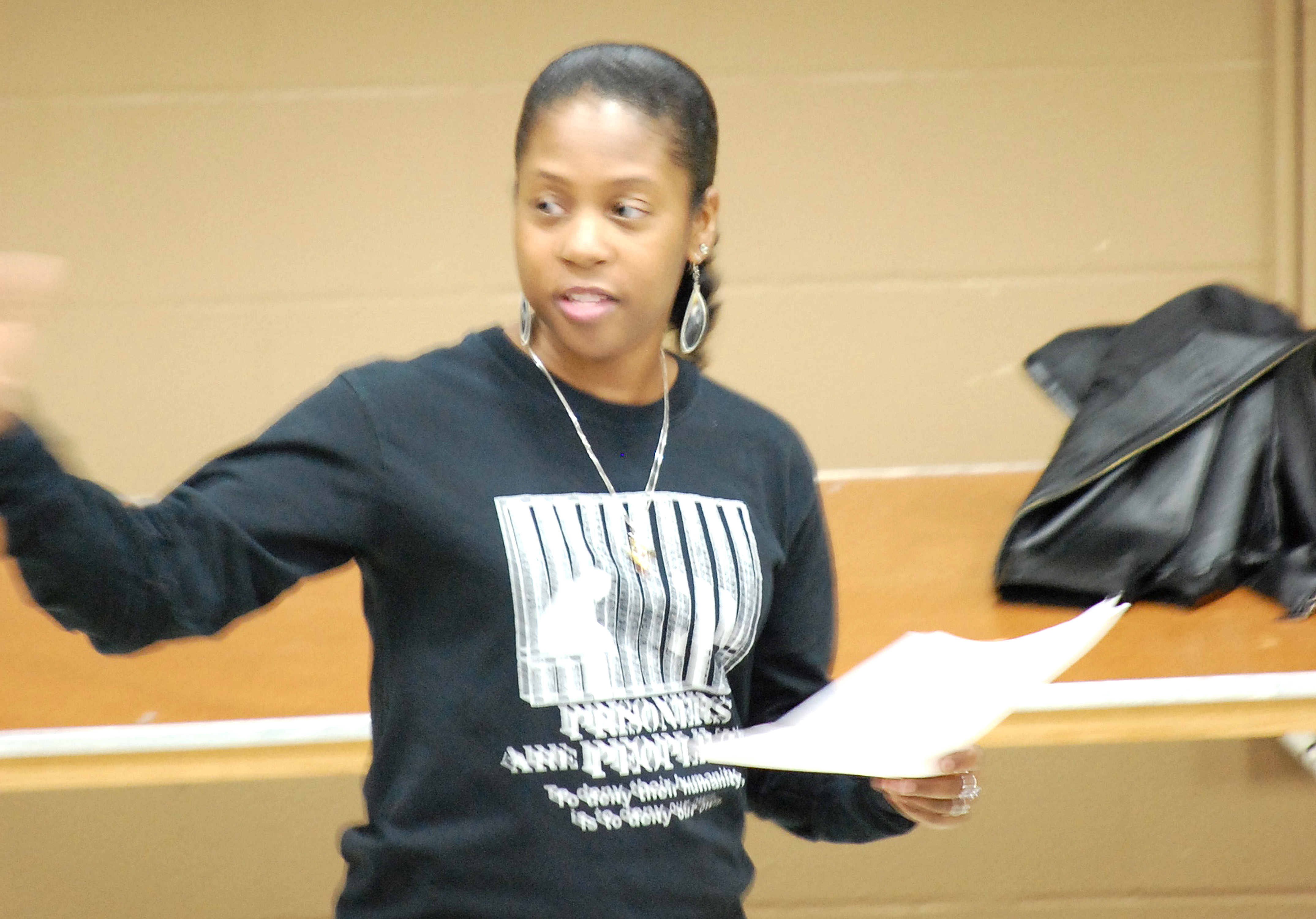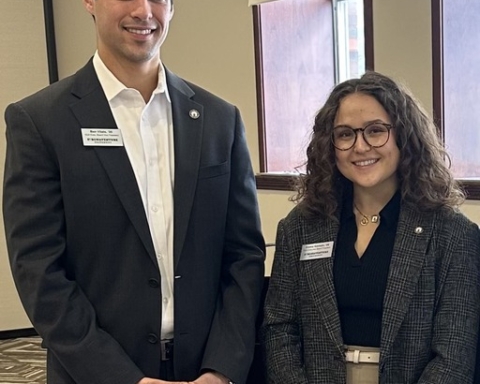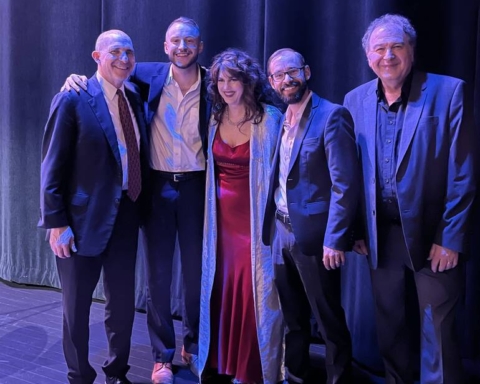By Marissa Bruno
Staff Writer
“I am not a woman, just an inmate.”
Breea Willingham, a former St. Bonaventure University journalism and mass communication visiting professor, read an excerpt written by an incarcerated woman in New York state Tuesday evening in Dresser Auditorium as a part of her talk called “Write On, Sister!: How Incarcerated Women Use Writing to Reclaim and Define Their Power and Identity.”
Today, there are 2.3 billion people in prison in the United States, but Willingham focused on African-American incarcerated women in her presentation. Her statistics showed why African-American women in prison shouldn’t be ignored. Incarceration rates remain higher for women than men. One out of 300 African-American women are incarcerated, and the rates are three times higher for African-American women than white women.
And what puts these women in jail?
“It’s the war on drugs that’s created and intensified by the media,” Willingham said.
In the 1960s, history defined drugs as an urban black problem. By 1971, President Nixon called for a war on drugs, which unfairly targeted the poor and minority communities. By then, articles per month were drug related. Some of the incarcerated women could even be innocent or recovering from drug addictions, she said.
“What began as a policy initiative turned into a full-out war with the help of the media,” Willingham said.
Ignoring these incarcerated women becomes the problem. Willingham displayed the reality of the prison life during her presentation.
“Men have a support system waiting for them at home,” Willingham said. “Women are oftentimes replaced.”
And this is where writing comes in.
“For these women, (writing) can be a life-changing process,” Willingham said. “The prison system takes away a lot of what you think and feel about yourself. Writing becomes a form of recovery.”
These women are mothers, girlfriends, wives and daughters. Willingham saw this as a volunteer at a New York state prison (the name of which cannot be released due to privacy reasons). She said she remembered feeling like she was not in a prison.
Willingham admitted she came with expectations of prison as she saw on television. Her experience didn’t meet her expectations.
“I started to see myself in all these women,” Willingham said. “I’m no different from them.”
Willingham even described her personal ties to the issue.
“Incarceration is my family business, a business we’re not benefitting from,” she said.
Prison writing isn’t new, she said. It’s a decade-old practice, and most women’s pieces are pushed to the margin. Most of the prison writings featured the male perspective, which led her to the question, “Where are the women?”
Willingham will focus on the political nature of writing for these women. She wants to see how writing in an oppressive space increases creativity and how a place of captivity can also be viewed as a place of freedom.
Her presentation ended with a clip from a video called, “What I Want My Words To Do To You,” a documentary from the Bedford Hills writing workshop.
“I want my words to leave more questions than answers,” said a woman in the documentary. “Not to be sorry for me, but to think before you act.”
Willingham will return to a medium-security prison, no longer as a volunteer, but as a researcher alongside the University at Buffalo’s prison task force. As a researcher working for her Ph.D., Willingham will also see how things change for her in the prison.
St. Bonaventure’s Visiting Scholars Committee and the Russell J. Jandoli School of Journalism and Mass Communication sponsored Willingham’s presentation.
brunomc10@bonaventure.edu









